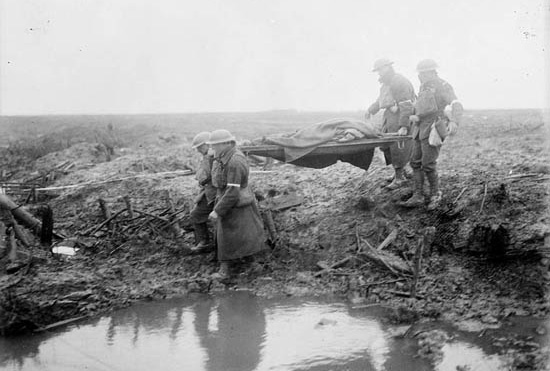Search
Search
Search Results
4752 results returned- Previous page page of search results
- 343: Page 343 current page
- 344: Page 344 current page
- 345: Page 345 current page
- 346: Page 346 current page
- 347: Page 347 current page
- 348: Page 348 current page
- 349: Page 349 current page
- 350: Page 350 current page
- 351: Page 351 current page
- Next page page of search results
- Date modified:


